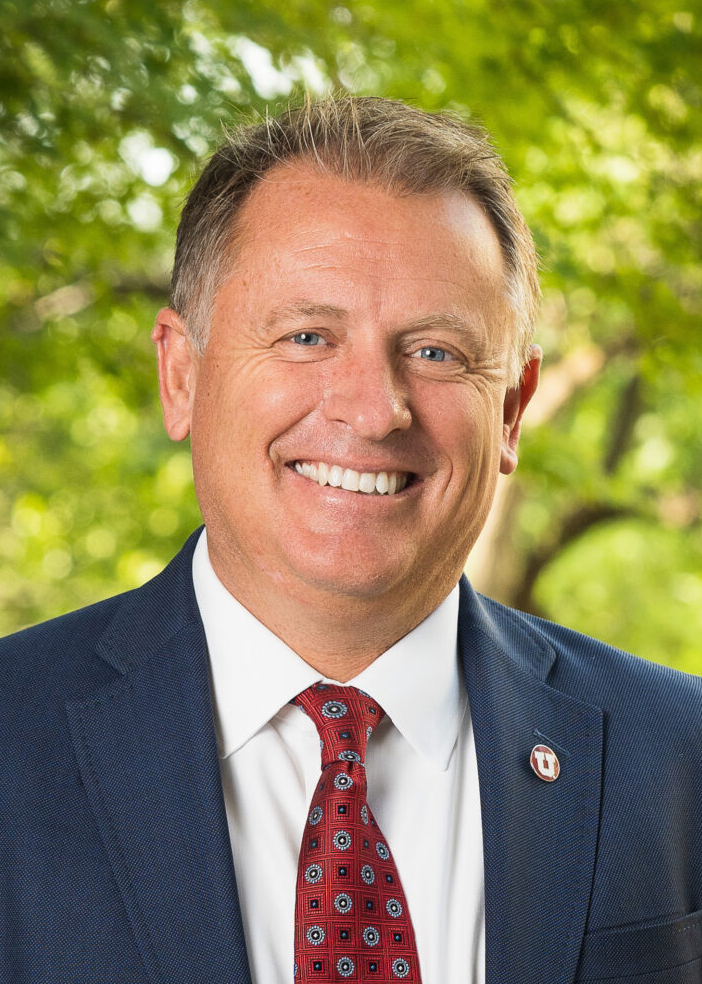Voices of U of U Health
5 Things to Know About Impact 2030 Strategic Planning
In January, the University of Utah set its sights ahead five years as we launched our Impact 2030 strategic planning process. Motivating these efforts is a vision to improve the lives of all Utahns and advance a new national higher education model for delivering societal impact. How are we going to do this, and what do we mean by societal impact? That’s exactly what we will be exploring together through this process.
I want to thank all of you who helped create and support our previous strategic plans that got us where we are today. We look forward to building on that momentum. As we move forward, I want to reiterate five key aspects that define our Impact 2030 planning.
1. We’re addressing the needs of a changing state.
First, we live in a state with rapidly evolving needs. Utah is now a mid-sized state for the first time in its history. Our population is growing, aging, and becoming far more multicultural. Housing costs have skyrocketed, yet our economy remains among the strongest in the nation. There is no doubt these demographic and economic shifts will have dramatic implications for our communities, state, and country. As Utah’s leading research institution and trusted health care provider, the U will play a pivotal role in guiding our state through these transformations.
2. We want to help restore confidence in higher education.
In recent Gallup polls, we see that national confidence in higher education has plummeted in recent years. We need to talk more about what higher education does to change lives. It yields higher incomes, job stability, civic engagement, and improved physical and mental health and well-being. The U can play a key role in building a highly educated, engaged population that is well-equipped to meet the increasingly advanced needs of our state, its workforce, and its communities. That is just one of many narratives that will help restore confidence in higher education.
3. We have some preliminary goals.
We plan to address the needs of our state and change the narrative about higher education by leading through change. We will grow our student body to provide a talented workforce, adapt our teaching to ensure successful outcomes, expand U of U Health systems to care for an aging population, leverage our research to address economic and societal challenges, and innovate solutions for a changing marketplace. Our specific goals are outlined in the figure below. Part of the planning process involves charting our course to reach them.

4. This is a collaborative, campus-wide effort.
For the first time in my history at the U, the strategic planning efforts across multiple fronts are happening at the same time. This is a rare and valuable opportunity for us to work together and align our efforts. As the figure below illustrates, Impact 2030 is in alignment with U of U Health Strategic Planning, University Physical Campus Planning, Advancement’s strategic planning, and campus-wide operational excellence efforts. In addition, Mitzi Montoya, PhD, is leading academic units through their own strategic planning initiatives. To learn more about the committees leading Impact 2030, please visit strategy.utah.edu/leadership.

5. Your voice matters. Please help shape our future.
During the next few months, we will focus on listening and gathering data, then translating the feedback into workable ideas. Detailed planning will begin in fall. With the help of the entire university community, we’ll begin 2025 with a strategic plan we can be proud of.
To that end, on April 10 we’ll start a series of online listening sessions for students, faculty, staff, alumni, and key stakeholders. In addition, a survey will be administered on campus later in April. You can find more info, follow our progress, and leave your feedback at strategy.utah.edu.
I encourage everyone to share your thoughts—not just on challenges but on opportunities for us to thrive. I can’t wait to see how Impact 2030 develops with your input!

Register for a Zoom listening session here. Note that you’ll need your uNID to register for student, faculty, and staff sessions: [Register Here]